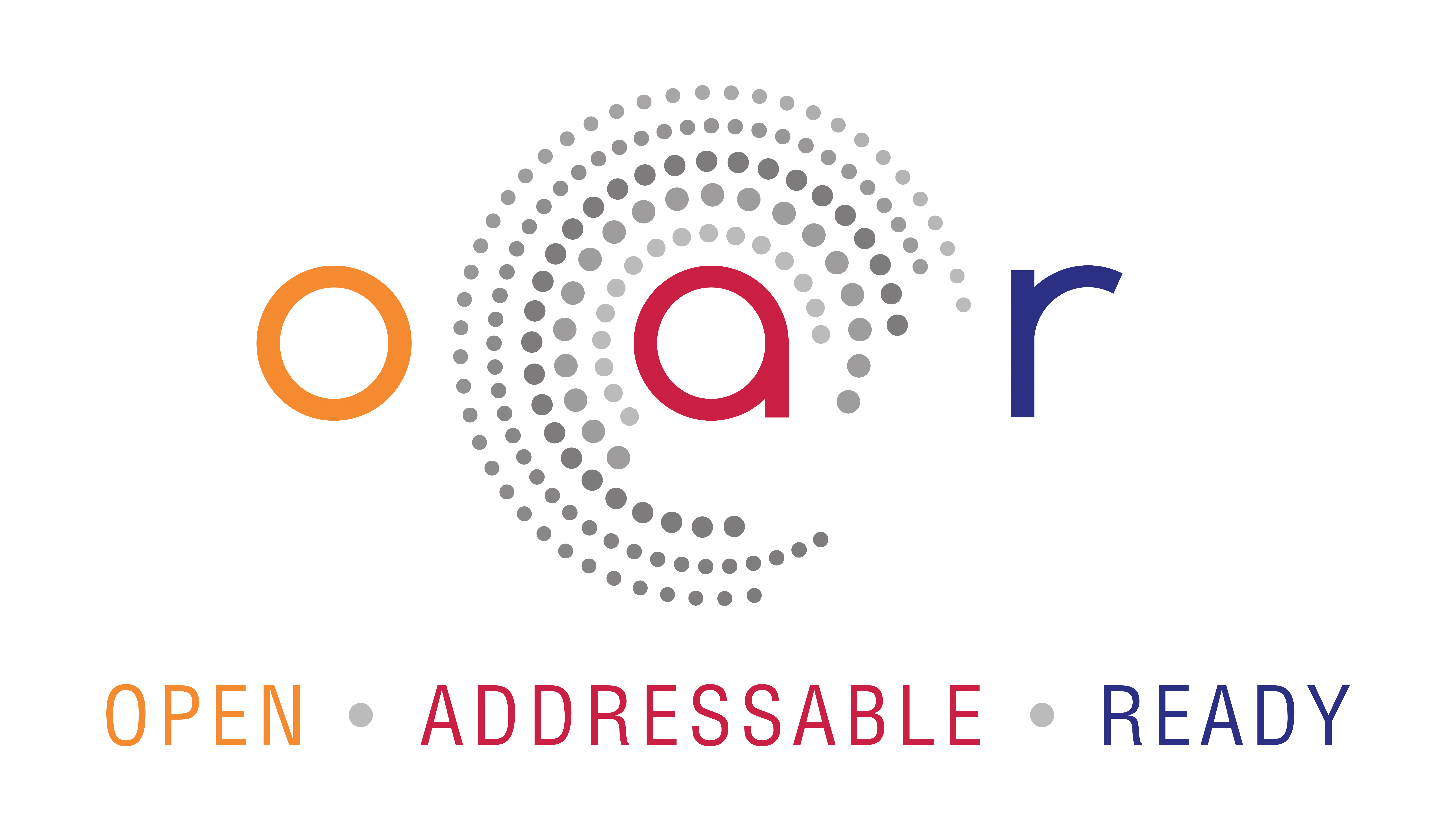Addressable Linear Takes Another Step Forward With Launch of Project OAR Live Trials
Analyst Alan Wolk explains how ad overlays on smart TVs allow networks to avoid relying on MVPDs to serve up addressable ads

The steady forward march of addressable TV advertising continues apace this week, with the launch of actual live market trials for Project OAR, the Vizio-helmed consortium that is one of several groups (Nielsen being the most prominent other) looking to make linear addressable TV advertising happen.

If “linear addressable TV advertising” sounds like an unnecessary mouthful in an industry that thinks “Virtual Multichannel Video Platform Distributors” is an acceptable substitute for “online pay TV provider,” it’s that the linear or live part of addressable TV advertising has long been where the hold ups have occurred.
Also read: Live Addressable Tests Start Using Project OAR Specs
Addressable on OTT platforms are a given, in that almost all OTT platforms are watched on demand. Thus all advertising needs to be sold on an addressable basis.
Linear, however, is a different story.
While it is technically possible to serve up addressable ads using the set-top box data the MVPDs have at their disposal (something the MVPDs themselves have been doing with the two minutes per hour they are allotted for years), most networks have zero interest in working with the MVPDs to make this happen.
Think cats and dogs.
The smarter way to stay on top of the streaming and OTT industry. Sign up below.
While it would be easier for everyone if this was not the case, the situation is unlikely to change and so the industry was left looking for a Plan B, which came in the form of ad overlays on smart TVs, a “Wait! You can really do that?” type solution that allows networks to avoid relying on MVPDs to serve up addressable ads.
The beauty of using smart TVs is that the technology works regardless of how the viewer is watching—set-top box, over the air or broadband connection.
And the answer to “can they really do that?” is “yes”, given that Project OAR is now going into live trials via Fox, ViacomCBS, NBCU, Scripps and AMC, with Discovery, Hearst, WarnerMedia and Disney joining in later this summer.
The technology behind addressable ad insertion is not as complex as it might sound. Web-enabled, opted in smart TVs make use of ACR (automatic content recognition) technology which matches pixels on the screen to a database in order to determine what the viewer is watching and what demographic or geolocation the household is in. Then, in something close to real time, the replacement ad, which has been downloaded to the smart TV’s cache, is inserted so that it plays (seamlessly) instead of the ad that is on the linear stream.
Major players in the industry like Freewheel, Xandr, Invidi and Google Ad Manager are involved in making sure that the systems and infrastructure that enable this are sound and that the standards put in place will work seamlessly.
There are two variations of addressable, one where multiple advertisers share the same slot, each sending their ad to a different demographic or location, and one where the same advertiser owns the entire slot, but sends different commercials to different households.
Addressable Takes On Newfound Importance
While Project OAR and other ad overlay projects have been in the works for a while, the fallout from the pandemic has given them renewed exigency.
That’s because advertisers realize that as various parts of the U.S. open and shut at different times, they will need the ability to target different messaging to different regions on a random and unpredictable schedule.
So for instance, a restaurant chain will not want to run the same ads in a region that is under lockdown as they would in a region that is currently opened up. With addressable buys on national linear channels, they will have the ability to send different messages to different households depending on location, and, just as critically, they’ll be able to make the calls on which ads go to which households quickly and easily.
Why Live Trials Matter
These live trials are important as they will provide proof that the technology behind Project OAR works under real world circumstances and not just in a controlled environment, e.g, this is now real, not just some pipe dream. That should encourage other players to join forces with Project OAR, which for now is limited to VIZIO smart TVs.
The hope is that by achieving critical mass and making it easier for agencies to seamlessly buy specific audiences across the majority of available linear network inventory, linear addressable will move from being an experiment to being the standard manner in which national network TV advertising is bought and sold.
“Until recently, national broadcasts have not been able to fully monetize addressable inventory,” Zeev Neumeier, President and Senior Vice President of Product at Inscape, a wholly owned subsidiary of VIZIO. “The open approach we take with Project OAR, allows the flexibility and scale needed to make addressable a reality for the entire TV ecosystem.”
